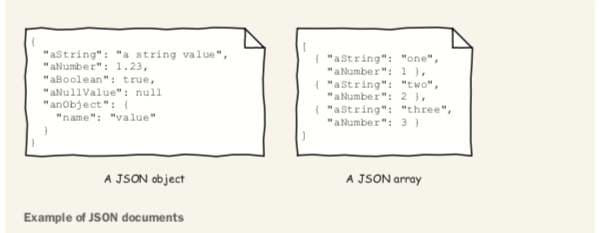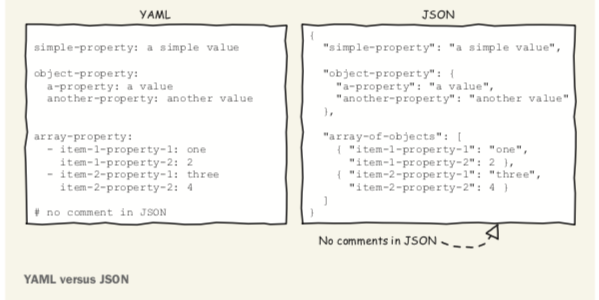This question is 6 years old, but strangely, none of the answers really addresses all four points (speed, memory, expressiveness, portability).
Speed
Obviously this is implementation-dependent, but because JSON is so widely used, and so easy to implement, it has tended to receive greater native support, and hence speed. Considering that YAML does everything that JSON does, plus a truckload more, it's likely that of any comparable implementations of both, the JSON one will be quicker.
However, given that a YAML file can be slightly smaller than its JSON counterpart (due to fewer " and , characters), it's possible that a highly optimised YAML parser might be quicker in exceptional circumstances.
Memory
Basically the same argument applies. It's hard to see why a YAML parser would ever be more memory efficient than a JSON parser, if they're representing the same data structure.
Expressiveness
As noted by others, Python programmers tend towards preferring YAML, JavaScript programmers towards JSON. I'll make these observations:
- It's easy to memorise the entire syntax of JSON, and hence be very confident about understanding the meaning of any JSON file. YAML is not truly understandable by any human. The number of subtleties and edge cases is extreme.
- Because few parsers implement the entire spec, it's even harder to be certain about the meaning of a given expression in a given context.
- The lack of comments in JSON is, in practice, a real pain.
Portability
It's hard to imagine a modern language without a JSON library. It's also hard to imagine a JSON parser implementing anything less than the full spec. YAML has widespread support, but is less ubiquitous than JSON, and each parser implements a different subset. Hence YAML files are less interoperable than you might think.
Summary
JSON is the winner for performance (if relevant) and interoperability. YAML is better for human-maintained files. HJSON is a decent compromise although with much reduced portability. JSON5 is a more reasonable compromise, with well-defined syntax.


